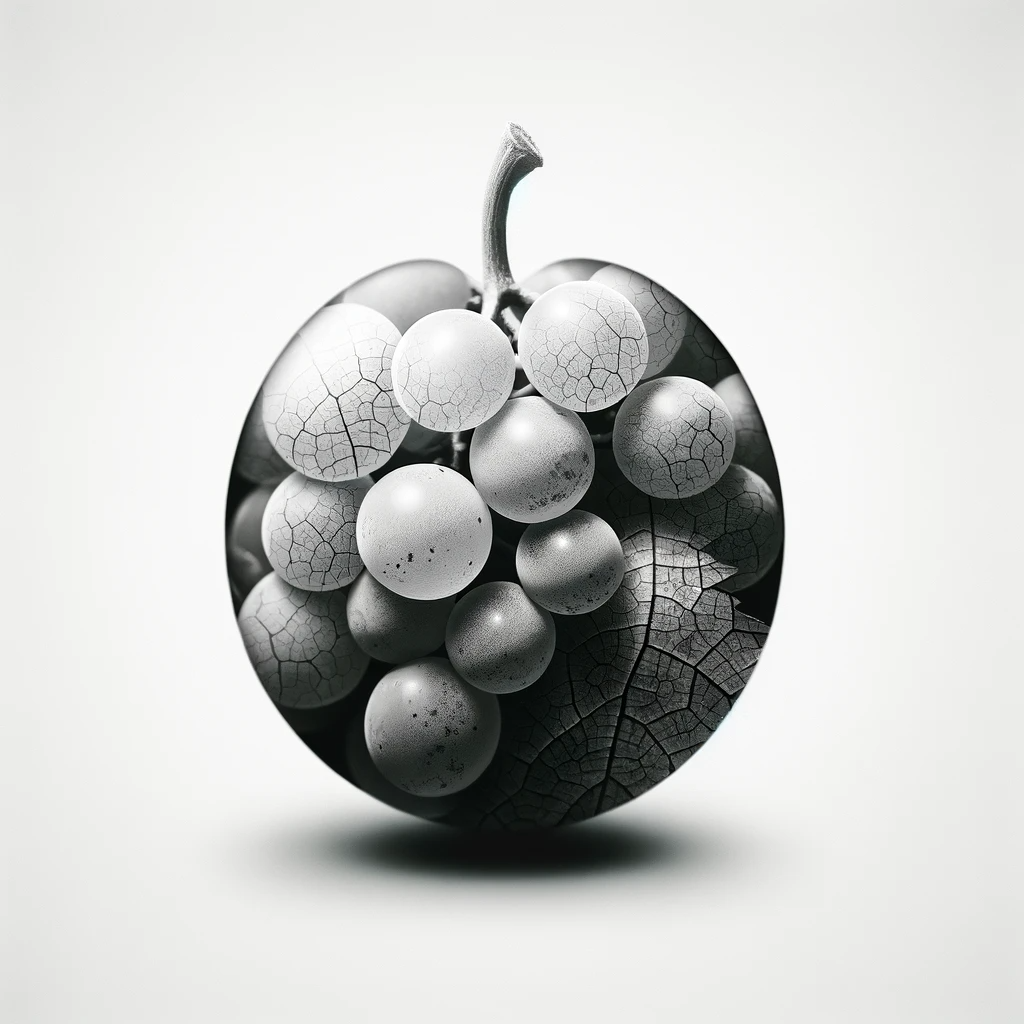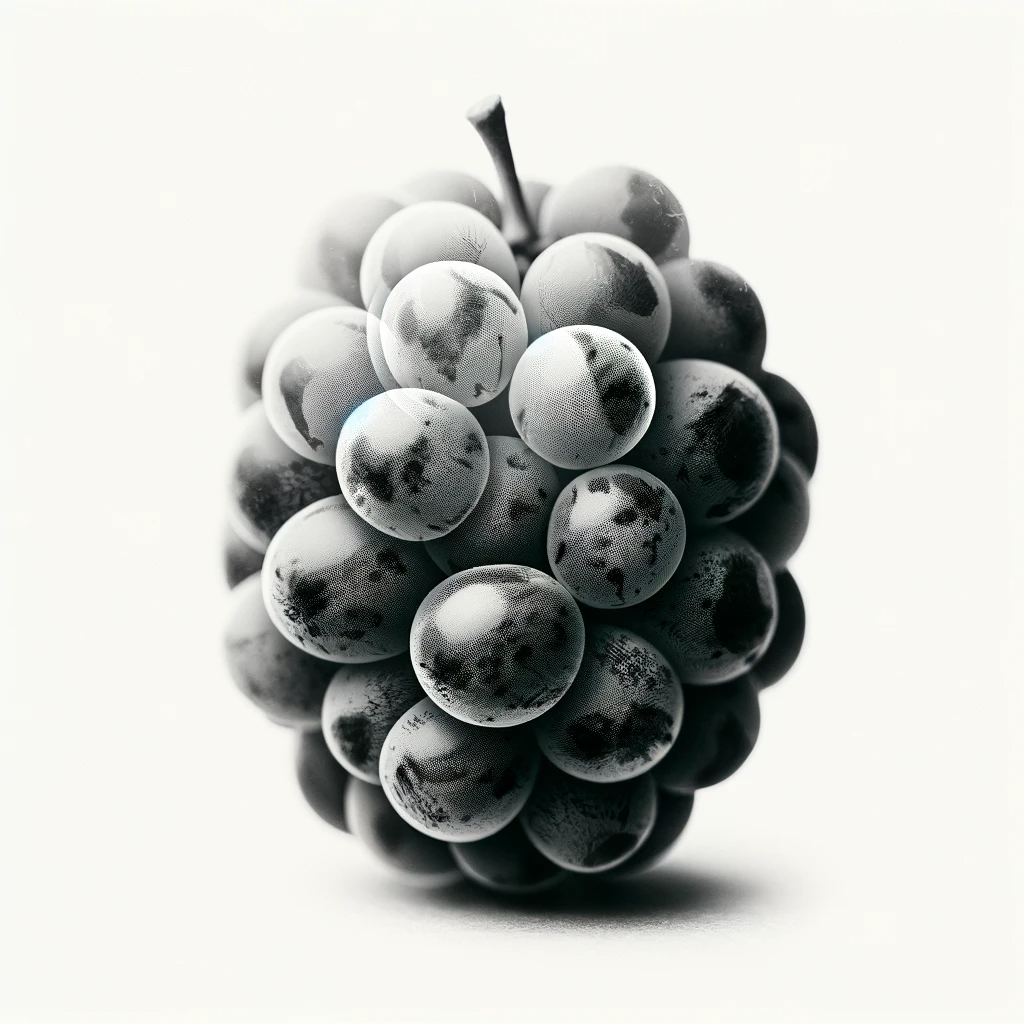Exploring Grape Essentials: Pulp, Skin, and Seeds in Winemaking
Have you ever wondered what lies at the heart of your favorite wine? It's time to dive into the world of winemaking and explore the vital components of a grape: the pulp, skin, and seeds. These elements are far more than mere parts of fruit; they are the architects of flavor, aroma, and character in every wine glass.
Join us to discover how these key ingredients transform a humble grape into an enchanting glass of wine, offering a new perspective for both sommeliers and wine enthusiasts alike.
The Pulp's Role: More Than Just Juice
When we think of grapes, our minds often wander to the lush vineyards and the sumptuous wines they produce. However, the heart of this magical transformation lies in the grape pulp – an aspect often overshadowed yet crucial in winemaking.
The Pulp: A Reservoir of Essential Elements
The pulp, most of the grape's volume and weight, is the primary source of water, sugars, and acids. This juicy center primarily contributes to the grape’s weight and volume. Here, a delicate balance plays out:
Water: The essence of life, water in grape pulp, forms the base of what will eventually become wine. The medium dissolves and transports flavors and aromas throughout the grape.
Sugars: These are not just sweeteners but are the backbone of fermentation. The sugars in the pulp, primarily glucose and fructose, are what yeast converts into alcohol during the winemaking process. The sugar content, influenced by grape variety and ripeness, directly impacts the wine's potential alcohol level.
Acids: Grapes contain several acids, but tartaric and malic acids are the most prominent. They are pivotal in defining a wine's freshness, structure, and longevity. The balance between sweetness and acidity gives the wine its delightful zest and balance.
Grape Skins: The Color and Character Crafters
Grape skins are not just mere coverings but integral to the wine's essence. They bestow upon wine its distinctive color, contribute to its complex flavor profile, and shape its character.
Imparting Color, Tannins, and Aroma
Color: The color of wine is predominantly determined by the grape skins. In black grapes, compounds known as anthocyanins impart deep reds, purples, and blues, while the skins of white grapes result in much lighter hues.
Tannins: These are vital for the texture and aging potential of wine. Tannins from grape skins give red wines their characteristic body and complexity. The longer the skins contact the juice during winemaking, the more pronounced these qualities become.
Aroma: A bouquet of aromas in wine, ranging from fruity to earthy notes, is largely thanks to the compounds in grape skins. Each variety's unique aroma profile is significantly influenced by its skin.
The Contrast Between Black and White Grape Skins
Black Grape Skins: Rich in tannins and color compounds, the skins of black grapes like Cabernet Sauvignon and Merlot contribute to red wines' robust, full-bodied nature. They are key to the depth of color and complexity of aromas.
White Grape Skins: With lower concentrations of tannins and color compounds, the skins of white grapes like Chardonnay and Pinot Grigio play a subtler yet crucial role. They are essential in crafting typical white wines' delicate textures and flavors.
Seeds of Complexity: Unveiling Their Impact on Wine's Depth and Texture
In the realm of winemaking, grape seeds are a double-edged sword. While they contribute tannins and oils that enhance the wine's structure and texture, winemakers often exercise caution with them. This is because seeds can introduce undesirable green, bitter flavors and a sense of astringency, especially if not fully matured or over-extracted during production. The careful handling of seeds, balancing their inclusion and extraction, is thus a critical aspect of crafting a well-balanced wine.
From Vine to Wine: The Journey of a Grape
A grape's journey from the vineyard to the wine glass is a tale of transformation, where each element of the grape – pulp, skin, and seeds – plays a pivotal role. This journey is not just about fermentation; it's a delicate dance of chemistry, timing, and artistry.
The Transformation Process
Harvesting: It all begins in the vineyard, where the grapes are harvested at their peak ripeness. This timing is crucial as it determines the sugar levels, acidity, and tannin maturity, affecting the wine's flavor, aroma, and structure.
Crushing and Pressing: Once harvested, grapes are crushed, gently breaking open the skin and releasing the pulp. The juice is quickly separated from the skins and seeds for white wines to avoid unwanted tannins and colors. In contrast, red wine production often involves leaving the juice in contact with the skins and seeds to extract color, tannins, and flavor.
Fermentation: This is where the magic happens. Yeast converts the sugars in the grape pulp into alcohol and carbon dioxide. The duration and conditions of fermentation further shape the wine's character.
Aging and Maturation: Wine may be aged in various vessels, like oak barrels or stainless steel tanks, after fermentation. During this stage, the interactions among the grape's pulp, skins, and seeds continue to evolve, refining the wine's flavor and texture.
Bottling and Consumption: The final step is bottling, after which the wine matures until it reaches your glass.
The Role of Grape Components
Throughout this journey, the grape's pulp, skin, and seeds remain interconnected. The pulp provides the sugars and acids, the skins add color and additional flavors, and the seeds contribute tannins that define the wine’s structure. The harmonious integration of these components creates the complex and delightful experience of enjoying a glass of wine.
In our exploration from vine to wine, we've uncovered the intricate roles of the grape's pulp, skin, and seeds. Each component, though small, contributes significantly to the wine's overall character - from its captivating aromas and flavors to its vibrant color and texture. This journey has highlighted the complexity behind each glass of wine and deepened our appreciation for the art and science of winemaking.
As we savor our next glass, remember the humble grape's journey. It's a story of transformation, where simple elements come together to create something extraordinary. Understanding these nuances allows for a richer, more fulfilling wine experience, whether you're a seasoned sommelier or a passionate wine enthusiast.
Here's to the grapes and the endless possibilities they hold within their skins, pulp, and seeds!




